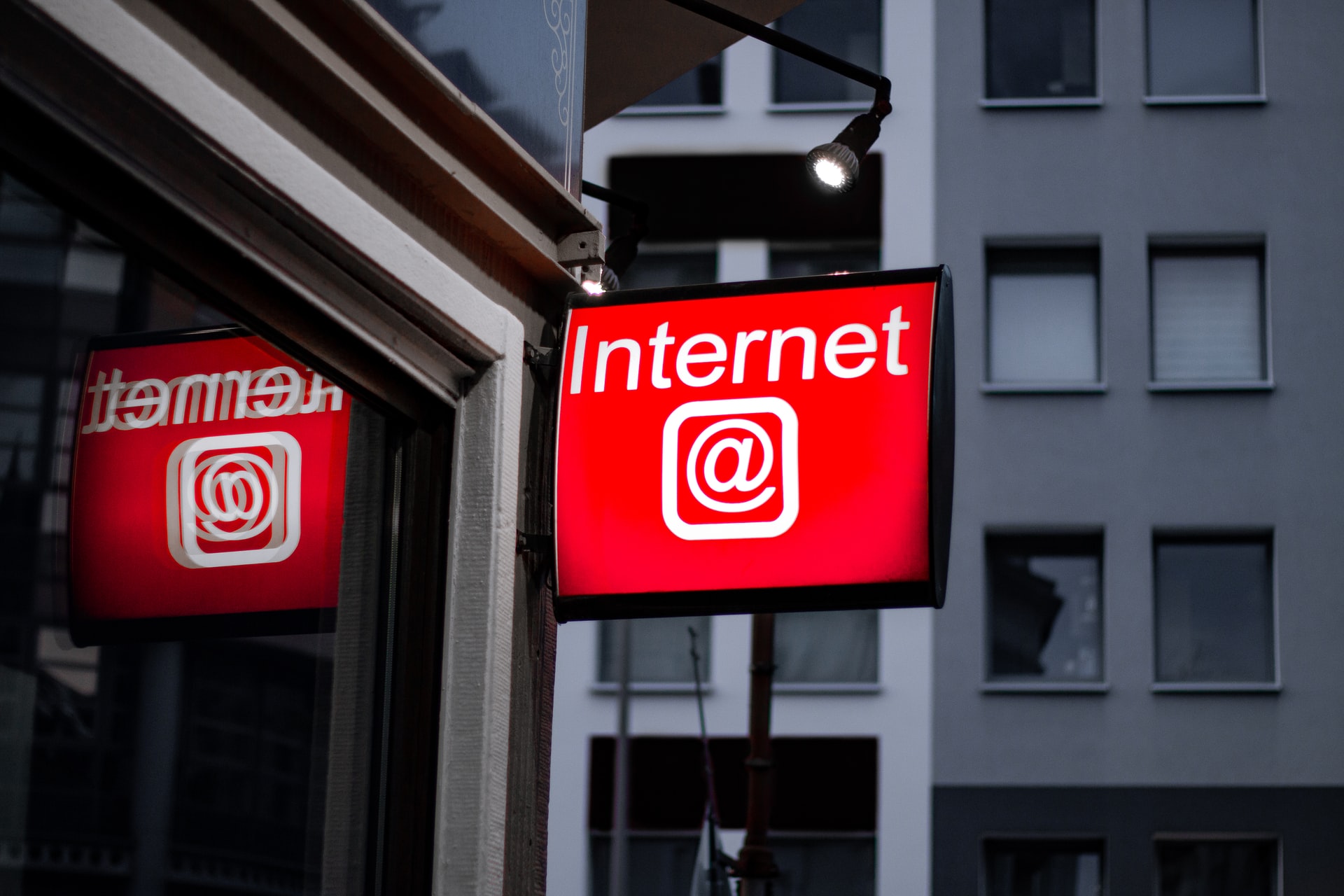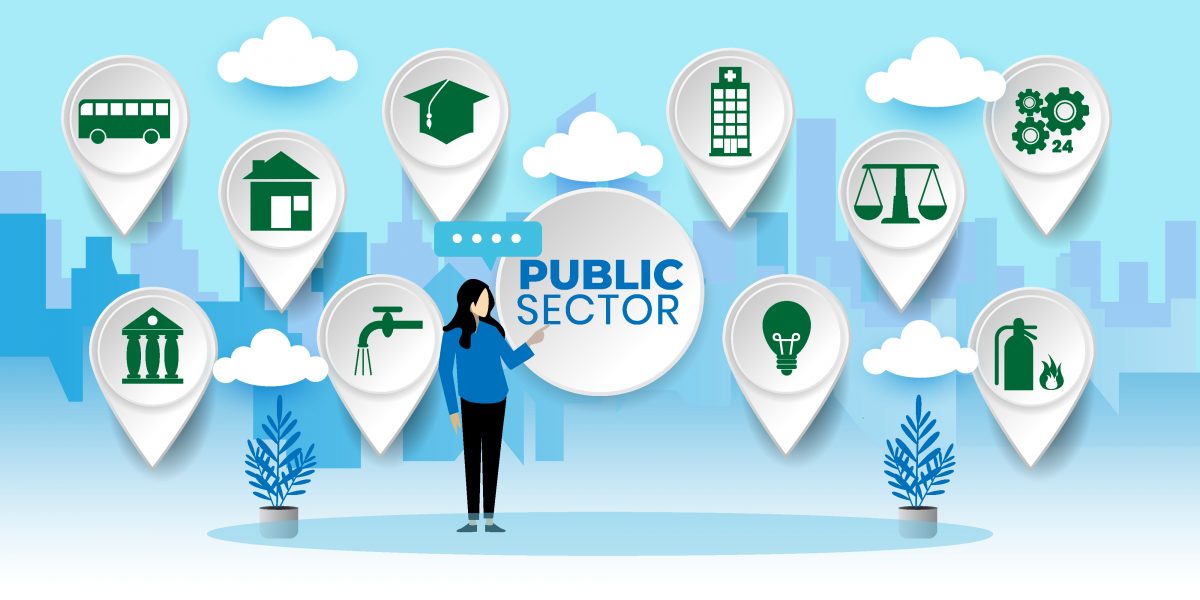On Wednesday, September 15th, President Joe Biden sought to pass two bills in the House of Democrats to support his “Build Back Better “ program. One is a $3.5 trillion budget reconciliation package and the other a $1 trillion bipartisan infrastructure bill. Though the Senate has passed this record infrastructure bill (highest in almost two decades), he has yet to get it approved in the House.
Along with other sectors that will benefit from this act, the Small Business Assistance Plan is slated to get $25 billion. It should give a much-needed boost to government programs that provide loans to small businesses and entrepreneurs.
Proposed public spending on economic investments under the 2021 Infrastructure Investment and Jobs Act and budget reconciliation bill proposal
|
|
|
|
|
|
|
|
|
|
|
|
|
|
|
|
|
|
|
|
|
|
|
|
|
|
|
|
|
|
|
|
|
|
|
|
|
|
|
|
|
|
|
|
|
|
|
|
|
|
|
|
|
|
|
|
|
|
|
|
|
|
|
|
|
|
|
|
|
|
|
|
|
|
|
|
|
|
|
|
|
|
|
|
|
|
|
|
|
|
|
|
|
|
|
|
|
|
|
|
|
|
|
|
|
|
|
|
|
|
|
|
|
|
|
|
|
|
|
|
|
|
|
|
|
|
|
|
|
|
|
|
|
|
|
|
|
|
|
|
|
|
|
|
|
|
|
|
|
|
|
|
|
|
|
|
Notes: Research and development include research programs for infrastructure, the National Science Foundation Technology Directorate, climate research, Department of Energy demonstrating funding, ARPA-Climate initiatives, historically Black colleges and universities, and STEM centers of excellence and education programs. Pandemic preparedness includes designated funding for the Departments of Health and Human Services, Energy, and Defense. CTC/EITC/CDCTC denotes Child Tax Credit/Earned Income Tax Credit/Child and Dependent Care Tax Credit.
Source: EPI analysis of White House 2021b, 2021c, and 2021d.
Proposals in the Bill include
- Creating a network of incubators and business development centers all around the country to promote start-ups. Make it easier for SMEs to win government contracts and thus expand their customer base. A national government goal requires 23% of all eligible contracting budgets to be spent with SMEs.
- Providing SMEs, especially the underserved, tools to drive innovation. President Biden has asked Congress to invest in federal programs that will get SMEs with commercialization potential to participate in research and development initiatives. It amounts to allowing U.S. Small Business Administration to grant loans directly instead of depending on a commercial bank. The Bill proposes injecting billions for direct lending through 7(a) & 504/CDC loans for ten years. The restriction to ten years is because Senate rules stipulate ten years for a reconciliation bill.
- President Biden is also calling on Congress to encourage SMEs by co-investing with them to promote business. Small business owners will be able to access the capital by going straight to SBA. It will follow the same process as applying for an Economic Injury Disaster Loan (EIDL).
The SBA is a US govt agency that provides support to small businesses and entrepreneurial start-ups. The Small Business Investment Company or SBIC program gives investment capital to US businesses licensed by SBA. SBA lends money to SBICs at affordable interest rates, which along with the business owner’s capital, help create a fund. - President Biden also wants Congress to bolster Manufacturing Extension Partnership and Manufacturing USA. He wants to start a new office specifically meant to check on industrial capacity, monitor production and supply of critical goods. He wants to create geographical hubs to improve technology development. It, in turn, will mean the creation of new businesses.
- $400 million over ten years of cash grants not less than $100,000 to help expand small businesses in technology, research and development.
- Creation of contracting programs under SBA, explicitly reserved for underserved SMEs through opportunities set aside and sole-sourced with that aim.
- $35 million has been allocated for procurement training for veteran small business owners.
- $120 million to be given over four years to help SBA’s State Trade Expansion Program (STEP), allowing states to support SMEs in export development.
- An allocation of $600 million over ten years to improve and expand the Community Advantage program. SBA will partner with mission-oriented non-profit leaders through the 7(a) loan program. $5 million of it goes into free or low-cost program training.
- $70 million as an investment over seven years in Women Business Centres and Small Business development centers for formerly incarcerated individuals.
All in all, President Biden is pushing for a fast recovery from the pandemic caused economic shock. It still needs the backing of the House of Congress, which we’ll have to wait and see how it plays out.






Comments